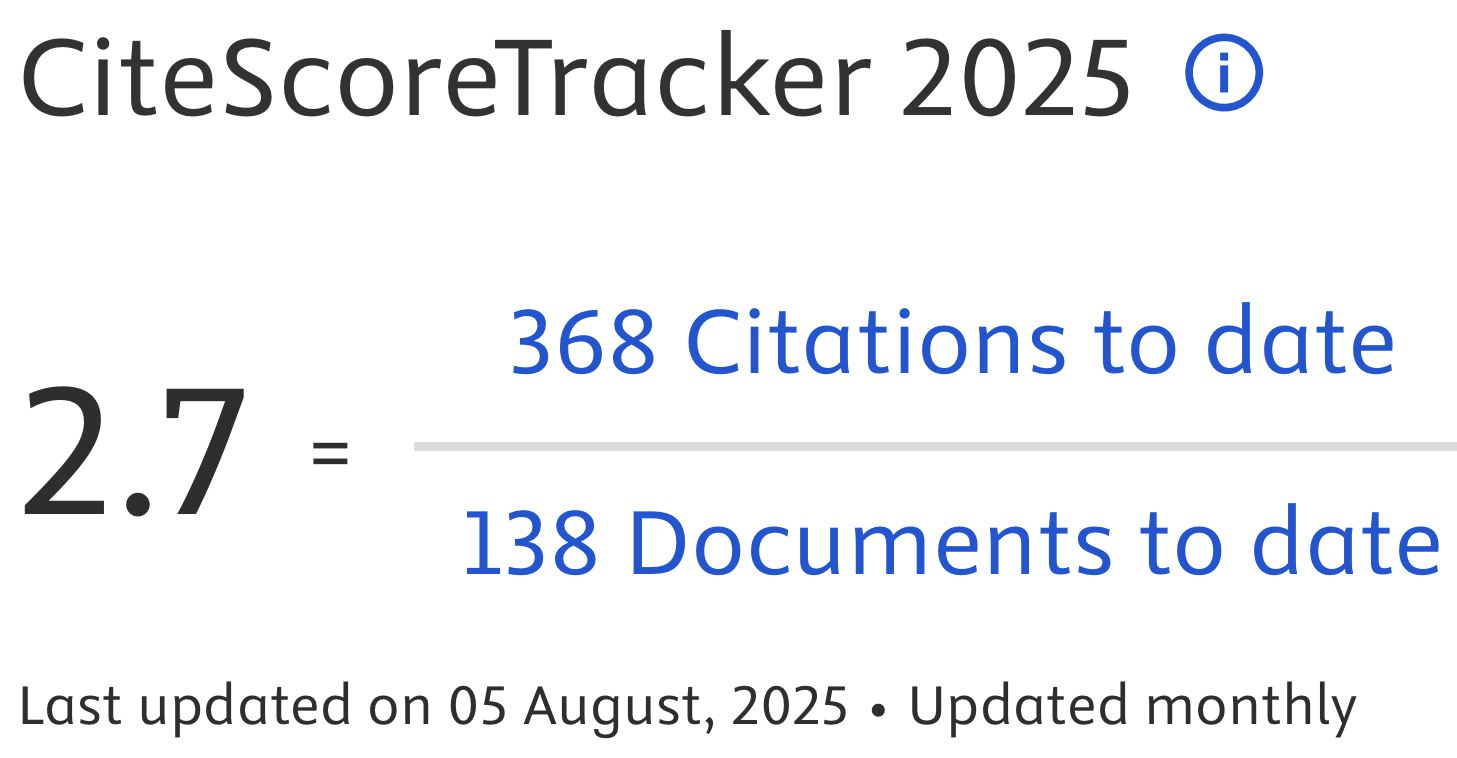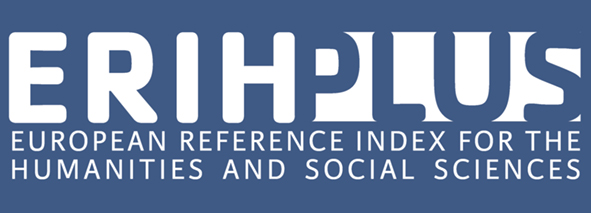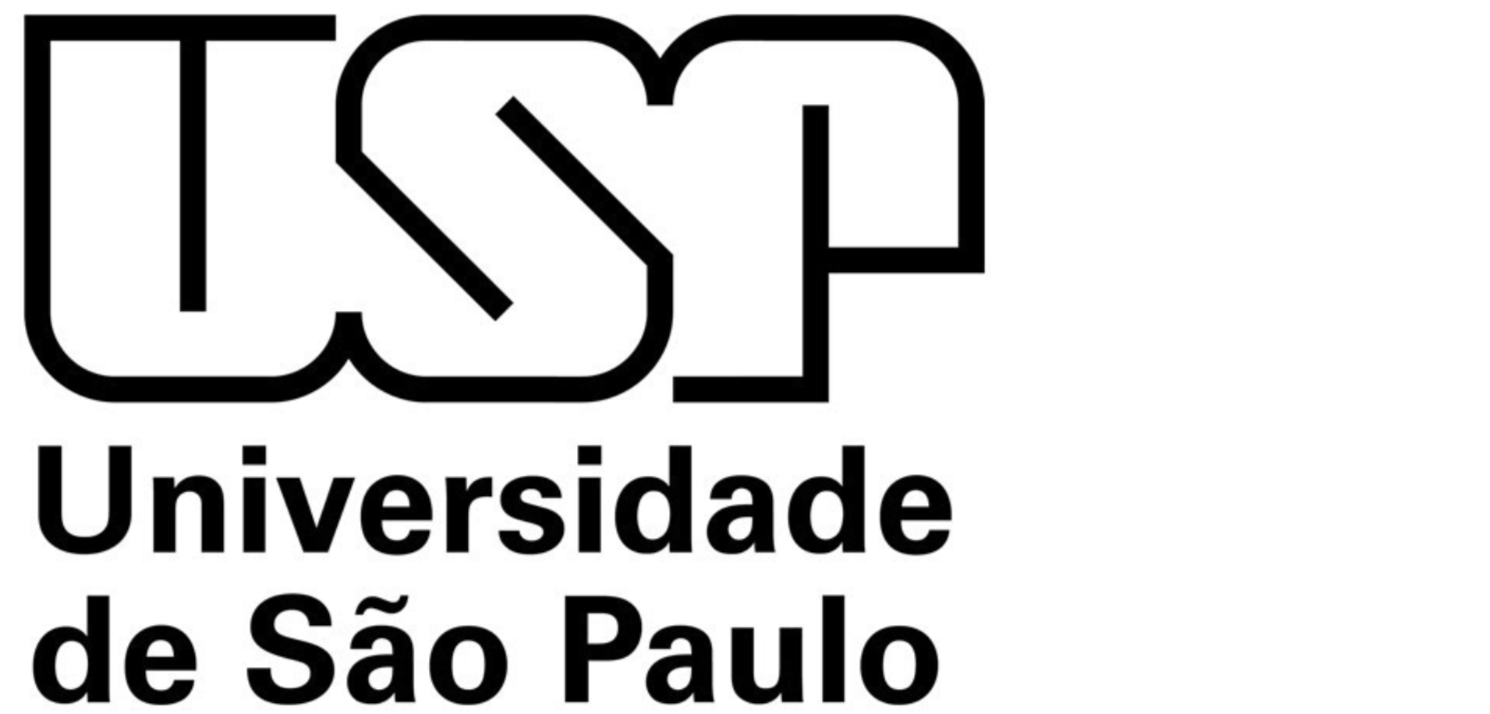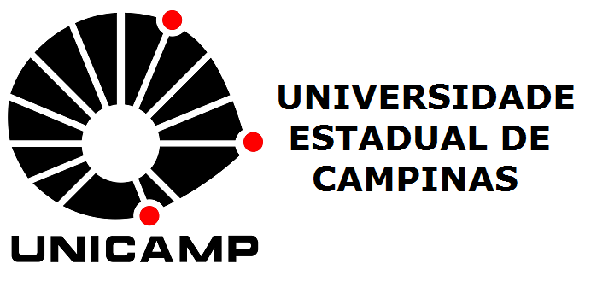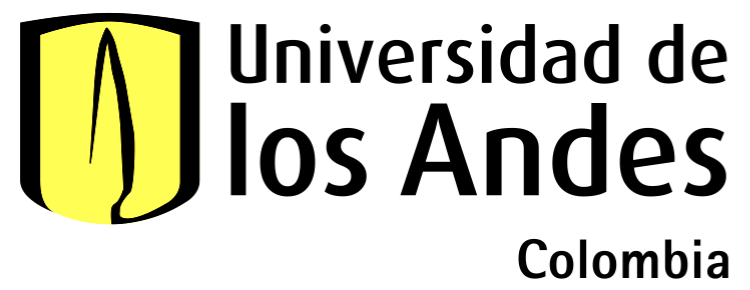Urban regeneration and SDGs – Design approaches for reducing urban inequalities
DOI:
https://doi.org/10.69143/2464-9309/1712025Keywords:
integrated urban regeneration, technological culture of design, 2030 Agenda, social inclusion, environmental sustainabilityAbstract
This paper explores the role of urban regeneration in implementing Sustainable Development Goals (SDGs) 1, 2, 3, 4, 5, and 11 within European contexts, with a particular focus on the Italian case. Starting from a comparative analysis of social and territorial inequalities in Europe, the study highlights how the transformation of the built environment can restore centrality to marginalised territories and contribute to the construction of more inclusive and solidaristic cities. The comparison between European experiences, selected at the building scale, and Italian interventions, developed at the urban scale through the Integrated Urban Projects of the Italian PNRR, reveals different yet complementary approaches to implementing the SDGs. Central to this process is the technological culture of design as an integrated approach to urban transformation. The case of the R5 sector in Tor Bella Monaca (Rome) is presented as an operational paradigm of urban regeneration for territorial equity.
Article info
Received: 07/04/2025; Revised: 19/05/2025; Accepted: 21/05/2025
Downloads
Article Metrics Graph
References
Braschi, S. and Sebastianelli, S. (eds) (2023) Corviale, Laboratorio di Città, Quodlibet, Roma.
Cangelli, E. and Conteduca, M. (2023), L’eredità del Moderno – Prospettive per il recupero dell’edilizia residenziale pubblica | The modernist burden – Future perspectives for the renewal of the public housing heritage, Sapienza Università Editrice, Roma. [Online] Available at: doi.org/10.13133/9788893772815 [Accessed 29 April 2025].
Cangelli, E., Conteduca, M., Behnam Kia, E., Zaiter, H. and Fonti, V. (2024), “Public Housing Stock between Recovery and Sustainability – The Case of Tor Bella Monaca in Rome”, in Sustainability, vol. 16, issue 6, article 2510, pp. 1-22. [Online] Available at: doi.org/10.3390/su16062510 [Accessed 29 April 2025].
Caritas Italiana (2023), Tutto da perdere – Rapporto sulla povertà e l’esclusione sociale in Italia 2023. [Online] Available at: archivio.caritas.it/materiali/Rapporti_poverta/2023/ rapportopoverta2023_tuttodaperdere.pdf [Accessed 29 April 2025].
Carpenzano, O. and Cangelli, E. (2022), Un Museo oltre il GRA, Bordeaux Edizioni, Roma.
CURAlab (2024), Abitare San Siro – Una co-ricerca sulle condizioni abitative e le reti di gestione dell’ERP, Politecnico di Milano. [Online] Available at: curalab.polimi.it/wp-content/uploads/2024/05/Report-Abitare-San-Siro.pdf [Accessed 29 April 2025].
Donolo, C. (2014), Cose comuni – Capire il presente – Le grandi questioni di oggi e di domani, Edizioni dell’Asino, Roma.
European Commission (2023a), 2023 Country Report – Italy, Institutional paper 236. [Online] Available at: economy-finance.ec.europa.eu/system/files/2023-06/ip236_en.pdf [Accessed 29 April 2025].
European Commission (2023b), Technical guidance on the application of ‘do no significant harm’ under the Recovery and Resilience Facility Regulation, C/2023/111. [Online] Available at: eur-lex.europa.eu/legal-content/EN/TXT/PDF/?uri=OJ:C_202300111 [Accessed 29 April 2025].
European Parliament and Council of the European Union (2020), Regulation (EU) 2020/852 of the European Parliament and of the Council of 18 June 2020 on the establishment of a framework to facilitate sustainable investment, and amending Regulation (EU) 2019/2088, document 32020R0852, PE/20/2020/INIT. [Online] Available at: eur-lex.europa.eu/eli/reg/2020/852/oj/eng [Accessed 29 April 2025].
Falanga, R. (2019), “Measuring citizen participation in urban regeneration – A reflection on the construction of the participation index for the Bip / Zip programme in Lisbon”, in Urban Development Issues, vol. 62, pp. 47-60. [Online] Available at: doi.org/10.2478/udi-2019-0009 [Accessed 29 April 2025]
Ferilli, G., Sacco, P. G. and Tavano Blessi, G. (2016), “Beyond the rhetoric of participation – New challenges and prospects for inclusive urban regeneration”, in City, Culture and Society, vol. 7, issue 2, pp. 95-100. [Online] Available at: doi.org/10.1016/j.ccs.2015.09.001 [Accessed 29 April 2025].
Frampton, K. (2005), Tettonica e architettura – Poetica della forma architettonica nel XIX e XX secolo, Skira, Milano.
Hellmann, T., Schmidt, P. and Heller S. M. (2019), Social Justice in the EU and OECD. [Online] Available at: doi.org/10.11586/2019033 [Accessed 29 April 2025].
Innerarity, D. (2022), Una teoria della democrazia complessa – Governare nel XXI secolo, Castelvecchi, Roma.
INSEE – Institut National de la Statistique et des Études Économiques (2022), Femmes et hommes – L’égalité en question. [Online] Available at: insee.fr/fr/statistiques/6047805 [Accessed 29 April 2025].
ISTAT (2025), Condizioni di vita e reddito delle famiglie – Anni 2023-2024. [Online] Available at: istat.it/wp-content/uploads/2025/03/REPORT-REDDITO-CONDIZIONI-DI-VITA_Anno-2024.pdf [Accessed 29 April 2025].
Liao, Z. and Liu, M. (2023), “Critical barriers and countermeasures to urban regeneration from the stakeholder perspective – A literature review”, in Frontiers in Sustainable Cities, vol. 5, article 1115648, pp. 1-19. [Online] Available at: doi.org/10.3389/frsc.2023.1115648 [Accessed 29 April 2025].
OECD (2022), Education at a Glance 2022 – OECD Indicators. [Online] Available at: doi.org/10.1787/3197152b-en [Accessed 29 April 2025].
OECD and European Observatory on Health Systems and Policies (2023), Germany – Country Health Profile 2023, State of Health in the EU, OECD Publishing, Paris / European Observatory on Health Systems and Policies, Brussels. [Online] Available at: doi.org/10.1787/21dd4679-en [Accessed 29 April 2025].
Lefebvre, H. (1970), La révolution urbaine, Gallimard, Paris.
Mehaffy, M. and Salingros, N. A. (2015), Design for a Living Planet – Settlement, Science, and the Human Future, Sustasis Press, Amherst (MA).
MIMIT – Ministero delle Imprese e del Made in Italy (2023), Piano Nazionale di Ripresa e Resilienza. [Online] Available at: mimit.gov.it/images/stories/documenti/PNRR_Aggiornato.pdf [Accessed 29 April 2025].
Peris, M. and Toral, J. (2021), Modulus Matrix – 85 Social Housing in Cornellà. [Online] Available at: peristoral.com/proyectos/modulus-matrix-85-social-housing-cornella [Accessed 29 April 2025].
Said, Z. M. and Dindar, S. (2024), “Key Challenges and Strategies in the Evaluation of Sustainable Urban Regeneration Projects – Insights from a Systematic Literature Review”, in Sustainability, vol. 16, issue 22, article 9903, pp. 1-28. [Online] Available at: doi.org/10.3390/su16229903 [Accessed 29 April 2025].
Secchi, B. (2013), La città dei ricchi e la città dei poveri, Laterza, Roma.
Secours Populaire Français (2024), Baromètre de la pauvreté et de la précarité Ipsos – Secours populaire français. [Online] Available at: secourspopulaire.fr/18e-barometre-de-la-pauvrete-et-de-la-precarite-ipsos-secours-populaire-francais-edition-2024/ [Accessed 29 April 2025].
Settis, S. (2017), Architettura e democrazia – Paesaggio, città, diritti civili, Einaudi, Torino.
Till, J. (2009), Architecture Depends, MIT Press, Cambridge (MA).
UNESCO, UNICEF and World Bank (2021), The State of the Global Education Crisis – A path to recovery. [Online] Available at: unicef.org/innocenti/media/6456/file/The-State-of-the-Global-Education-Crisis-Summary-2021.pdf [Accessed 29 April 2025].
UN – United Nations (2015), Transforming our World – The 2030 Agenda for Sustainable Development, document A/RES/70/1. [Online] Available at: sustainabledevelopment.un.org/index.php?page=viewandtype=111andnr=8496andmenu=35 [Accessed 29 April 2025].
Università Cattolica del Sacro Cuore (2023), Rapporto Osservasalute 2023 – Stato di salute e qualità dell’assistenza nelle regioni italiane. [Online] Available at: osservatoriosullasalute.it/wp-content/uploads/2024/06/ro-2023-volume_completo.pdf [Accessed 29 April 2025].
Waste Watcher (2025), Osservatorio internazionale su cibo e sostenibilità – Focus Italia – XII Giornata Nazionale di prevenzione dello Spreco Alimentare. [Online] Available at: sprecozero.it/wp-content/uploads/2025/02/WWI25_4feb_Presentazione_pdf.pdf [Accessed 29 April 2025].
World Economic Forum (2023), Global Gender Gap Report 2023. [Online] Available at: weforum.org/reports/global-gender-gap-report-2023 [Accessed 29 April 2025].
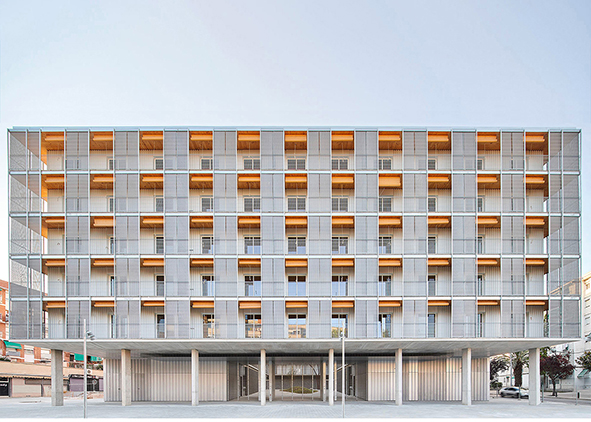
Downloads
Published
How to Cite
Issue
Section
Categories
License
Copyright (c) 2025 Eliana Cangelli

This work is licensed under a Creative Commons Attribution 4.0 International License.
This Journal is published under Creative Commons Attribution Licence 4.0 (CC-BY).
License scheme | Legal code
This License allows anyone to:
Share: copy and redistribute the material in any medium or format.
Adapt: remix, transform, and build upon the material for any purpose, even commercially.
Under the following terms
Attribution: Users must give appropriate credit, provide a link to the license, and indicate if changes were made; users may do so in any reasonable manner, but not in any way that suggests the licensor endorses them or their use.
No additional restrictions: Users may not apply legal terms or technological measures that legally restrict others from doing anything the license permits.
Notices
Users do not have to comply with the license for elements of the material in the public domain or where your use is permitted by an applicable exception or limitation.
No warranties are given. The license may not give users all of the permissions necessary for their intended use. For example, other rights such as publicity, privacy, or moral rights may limit how you use the material.






